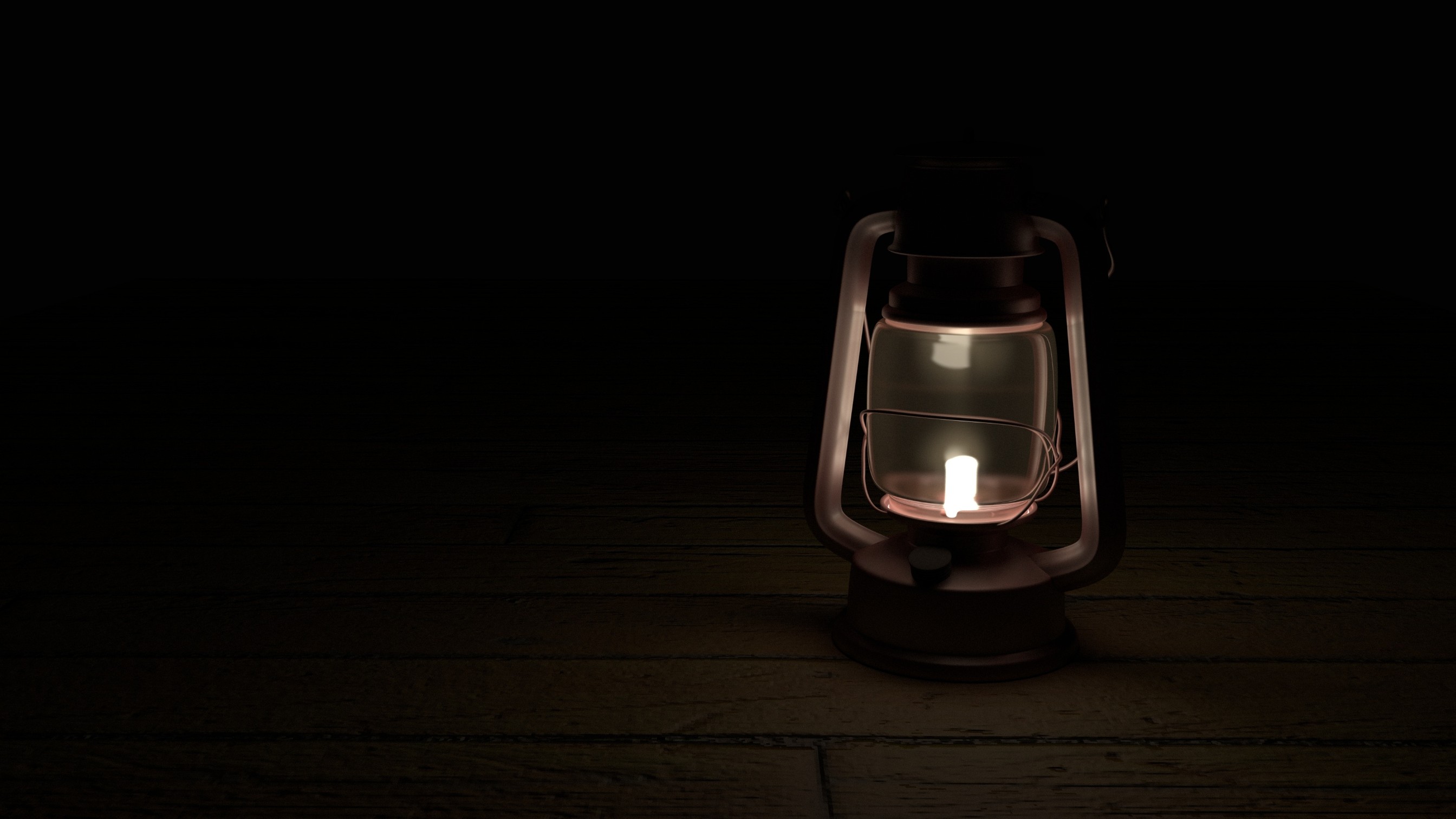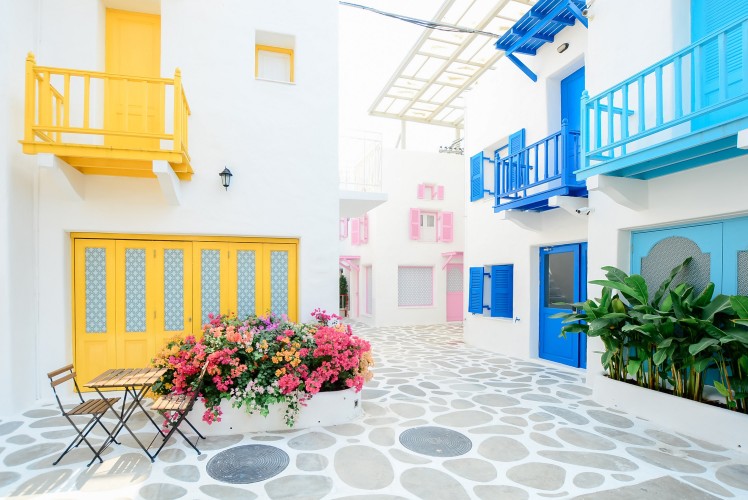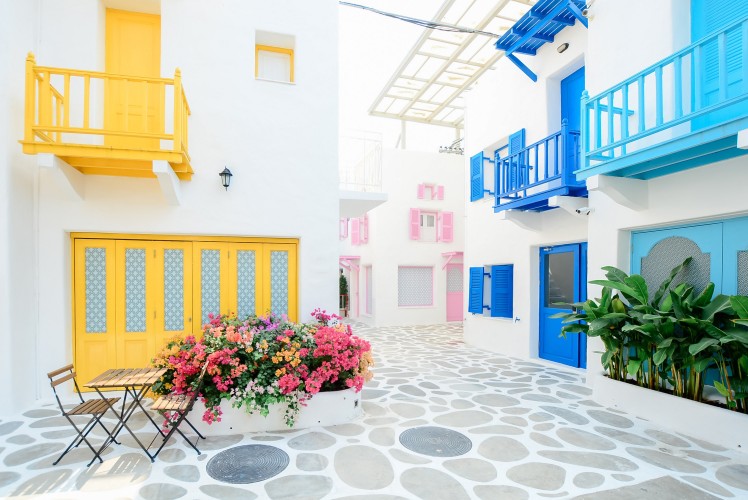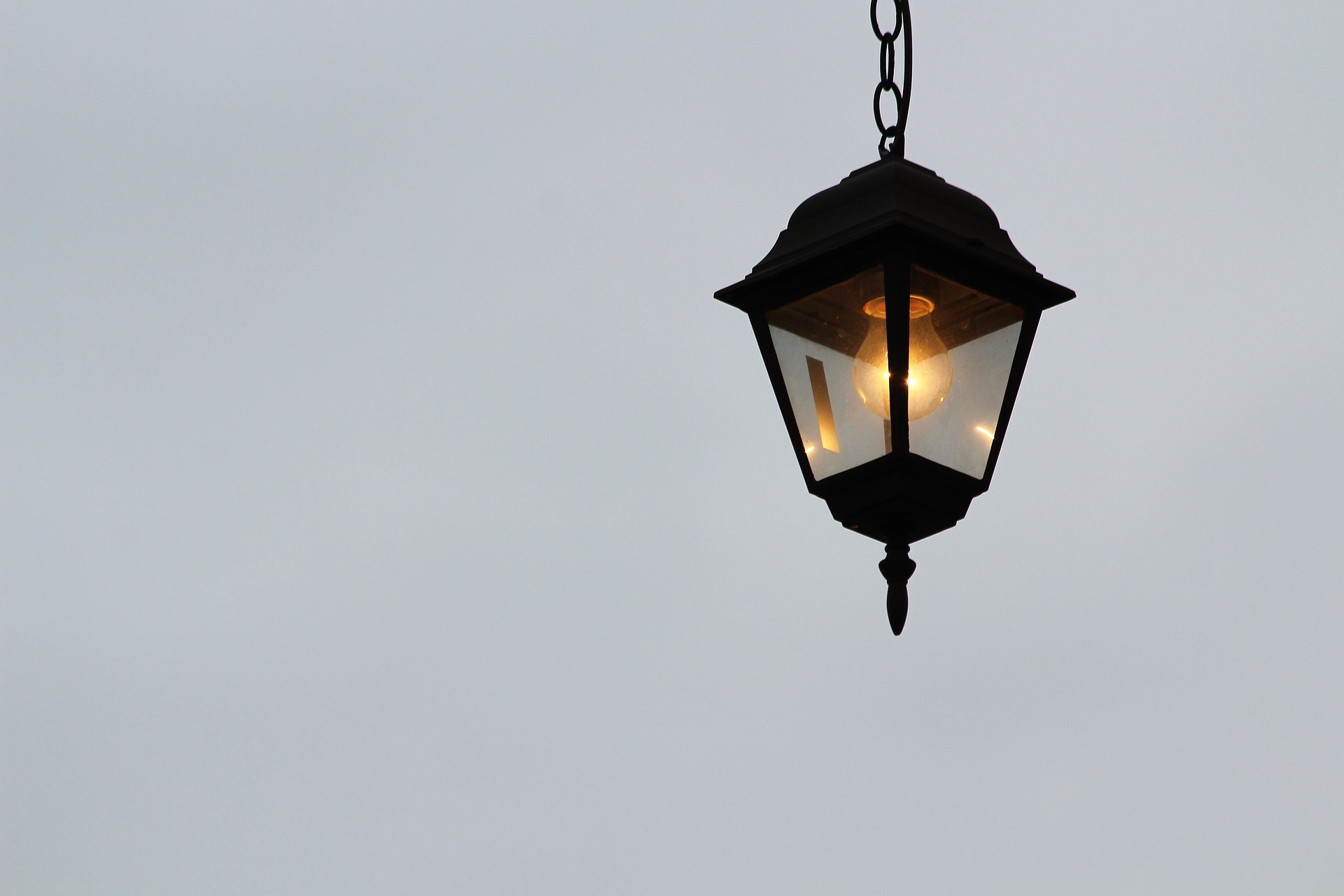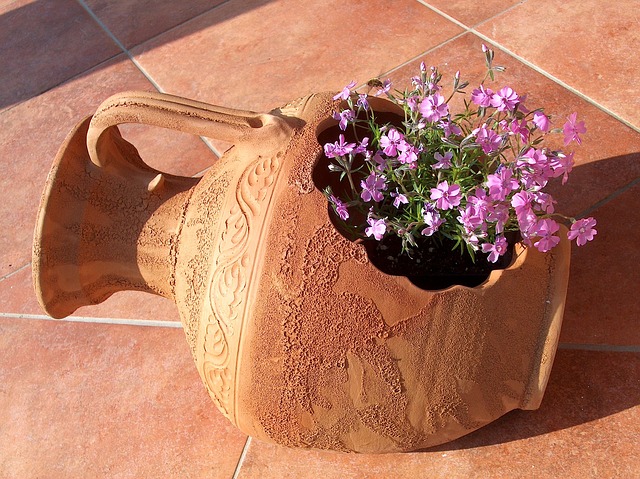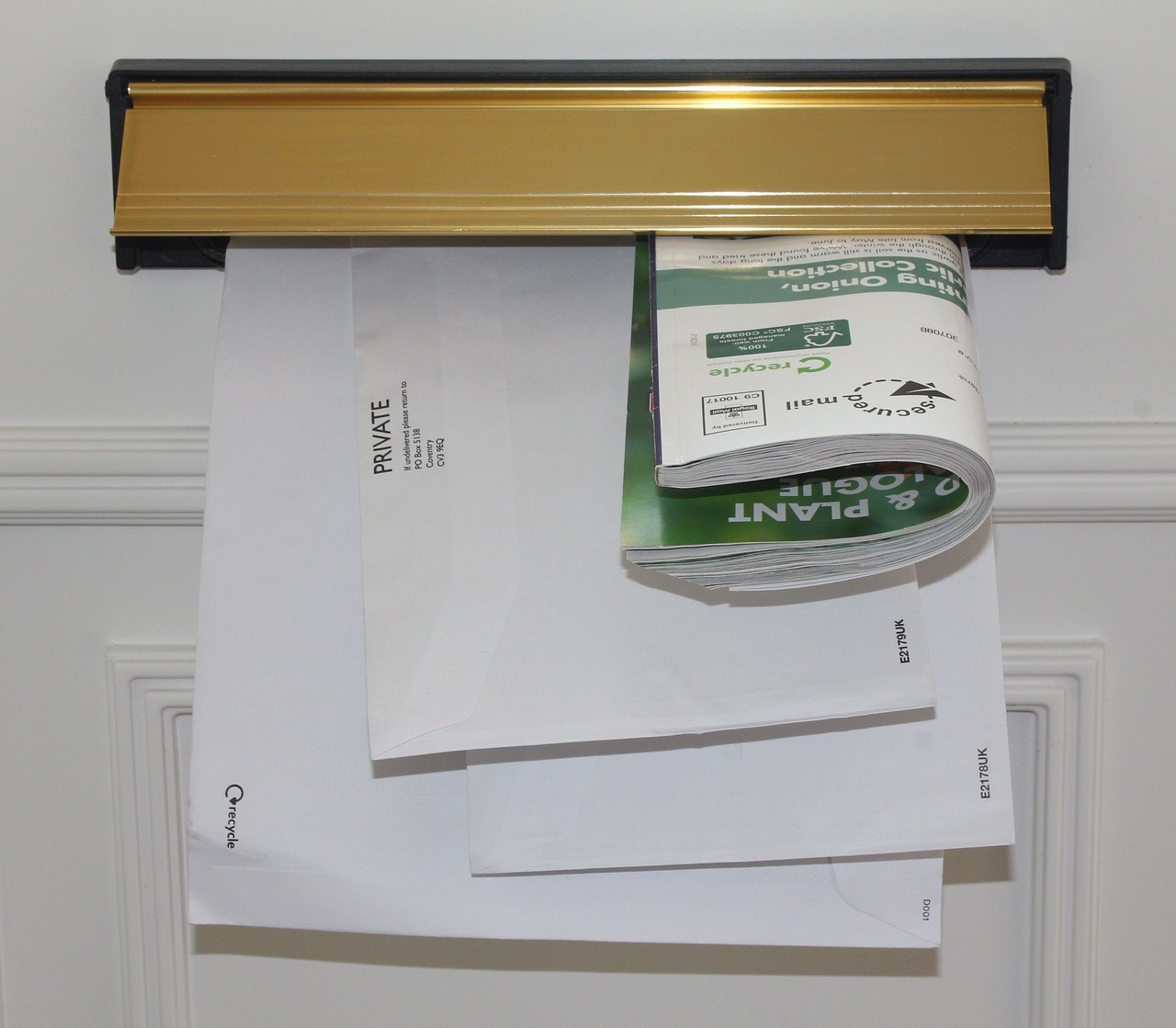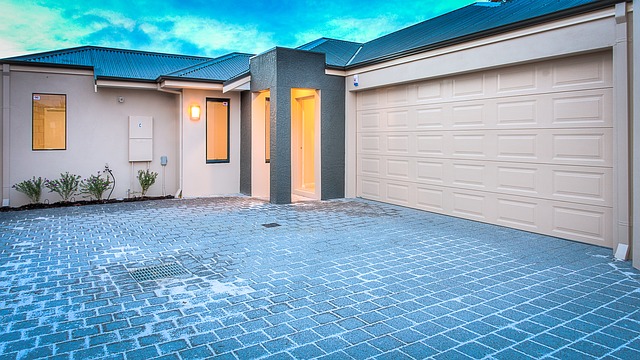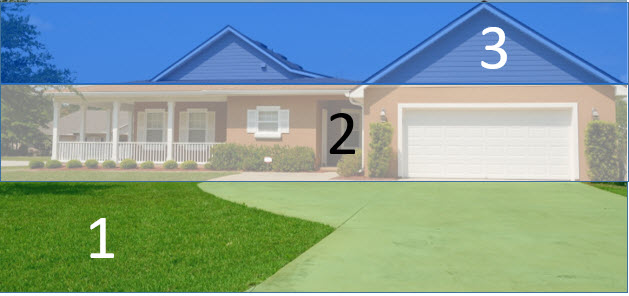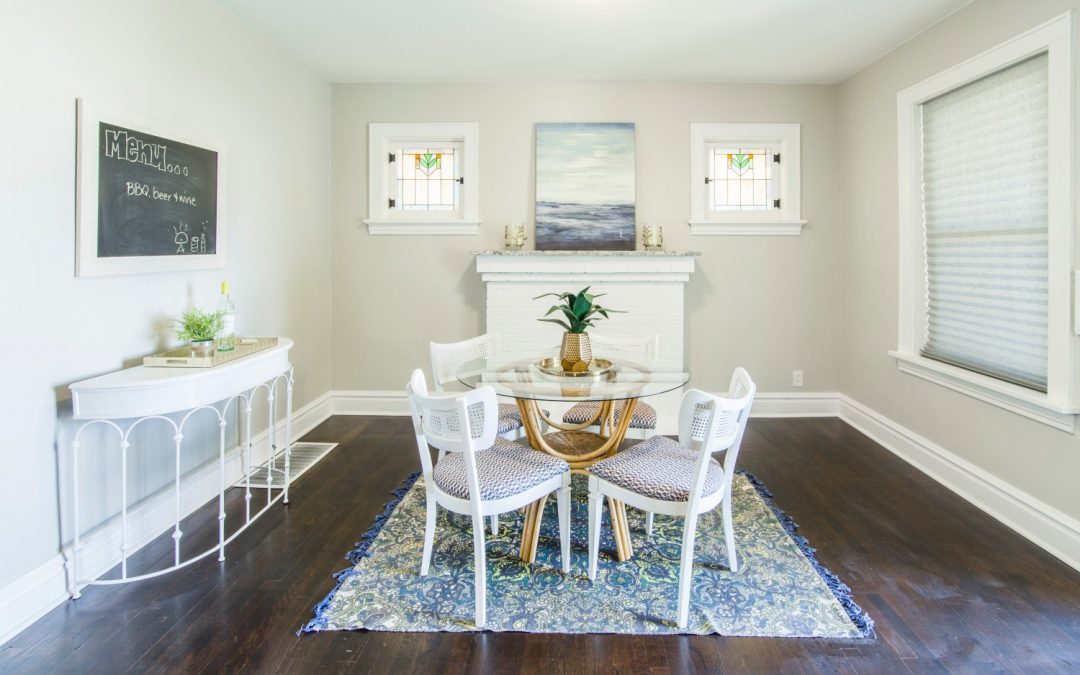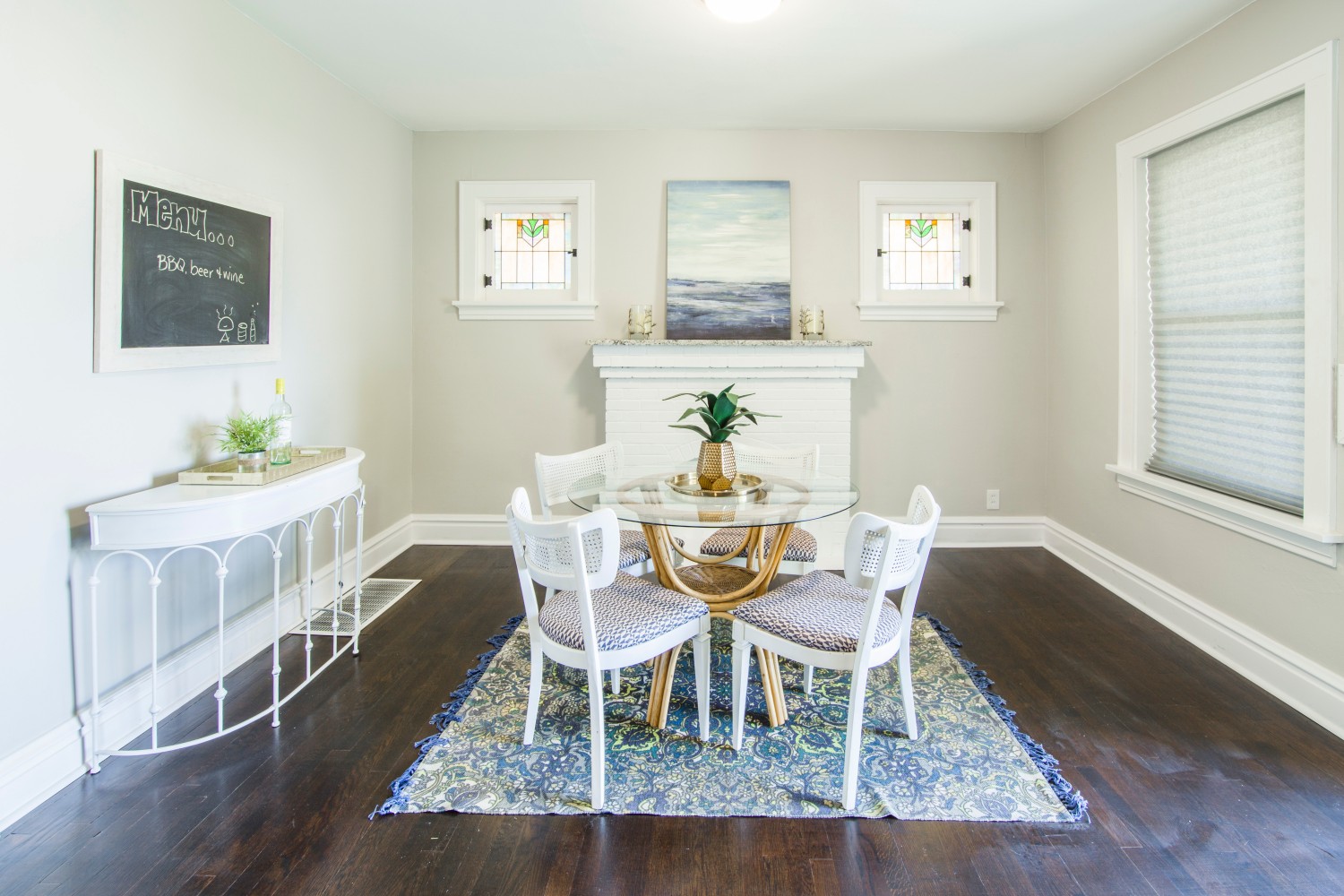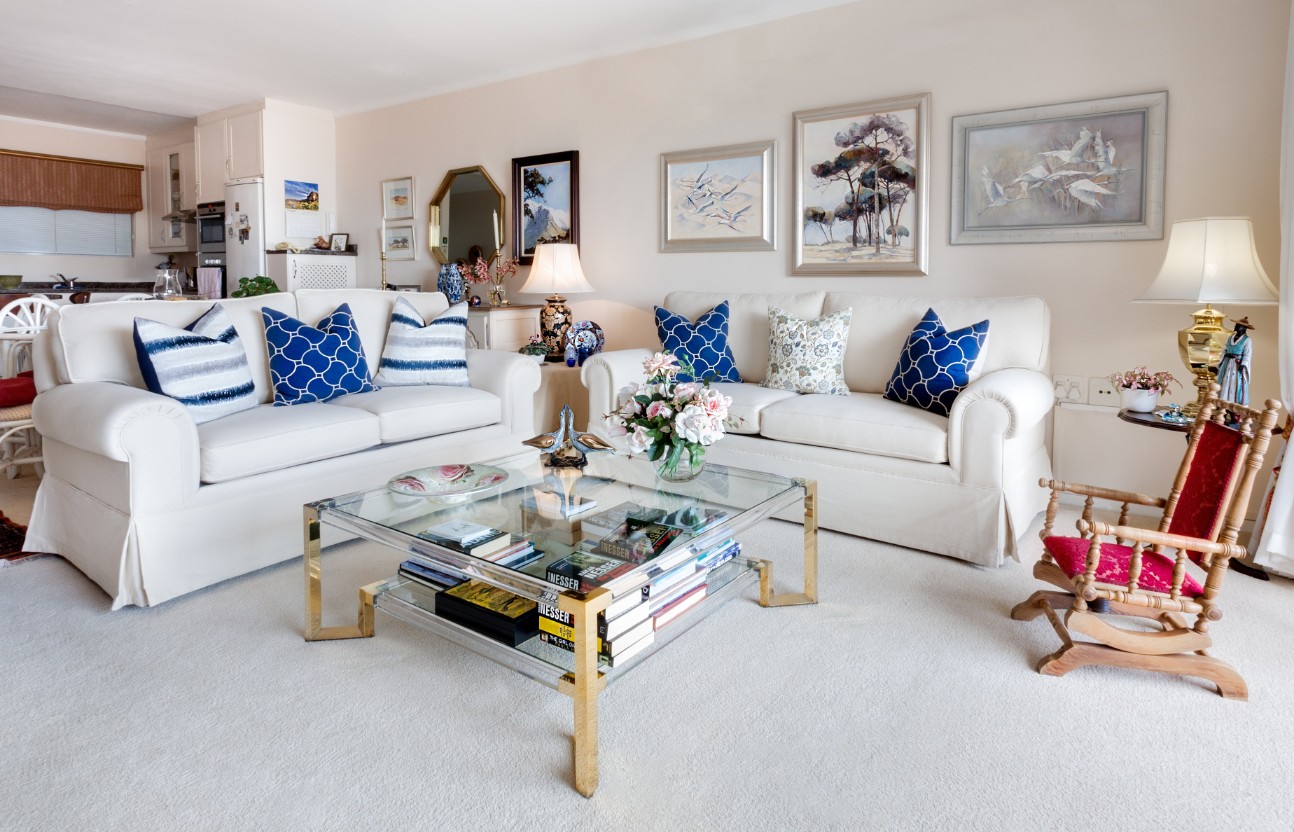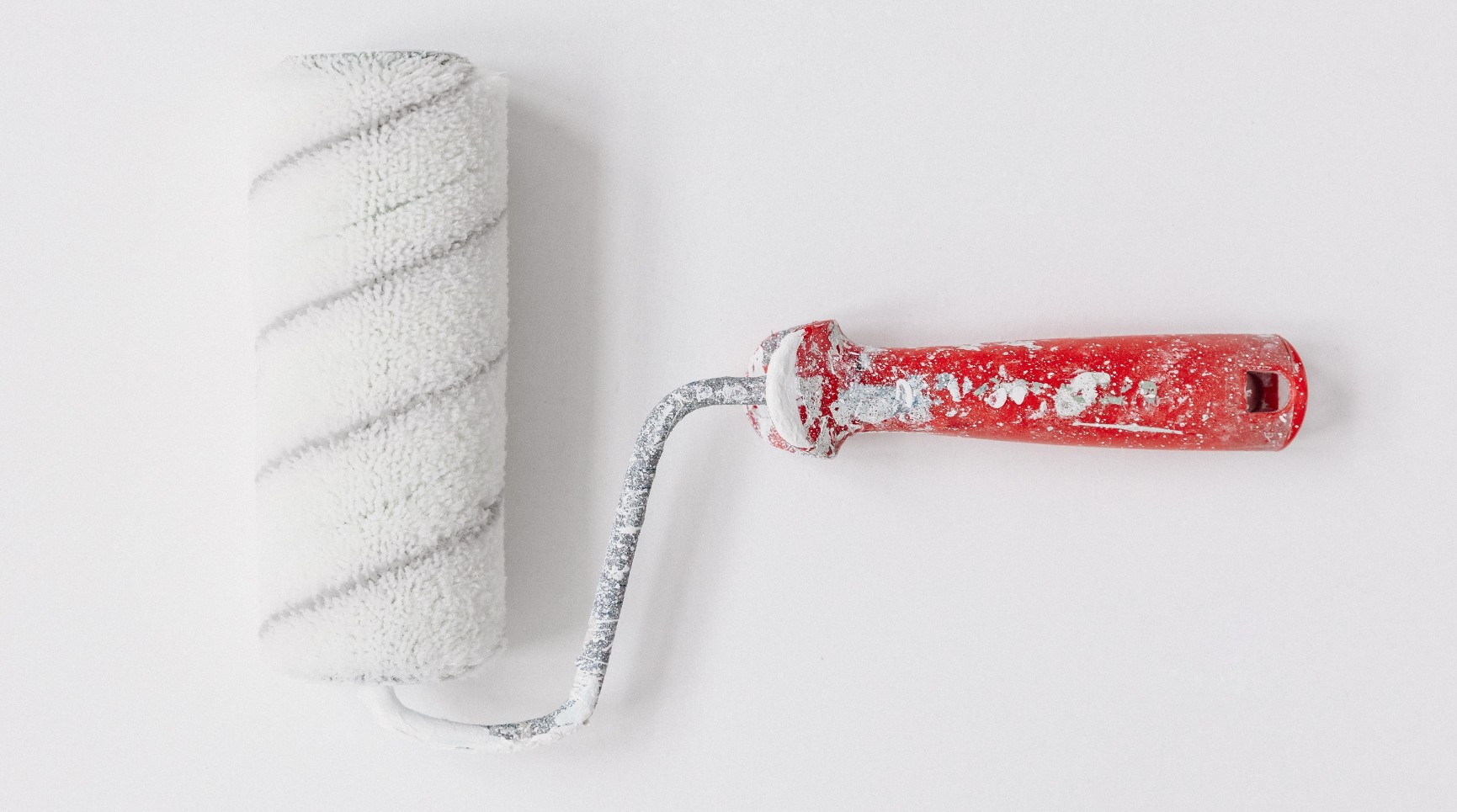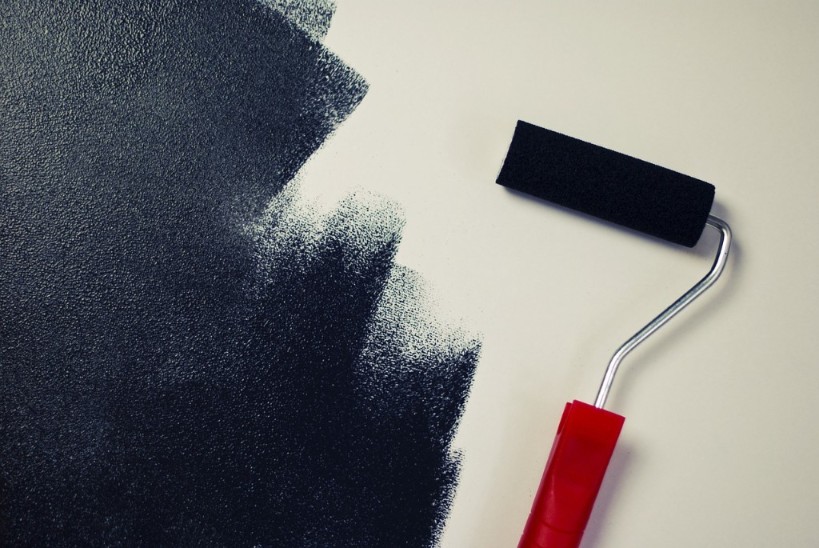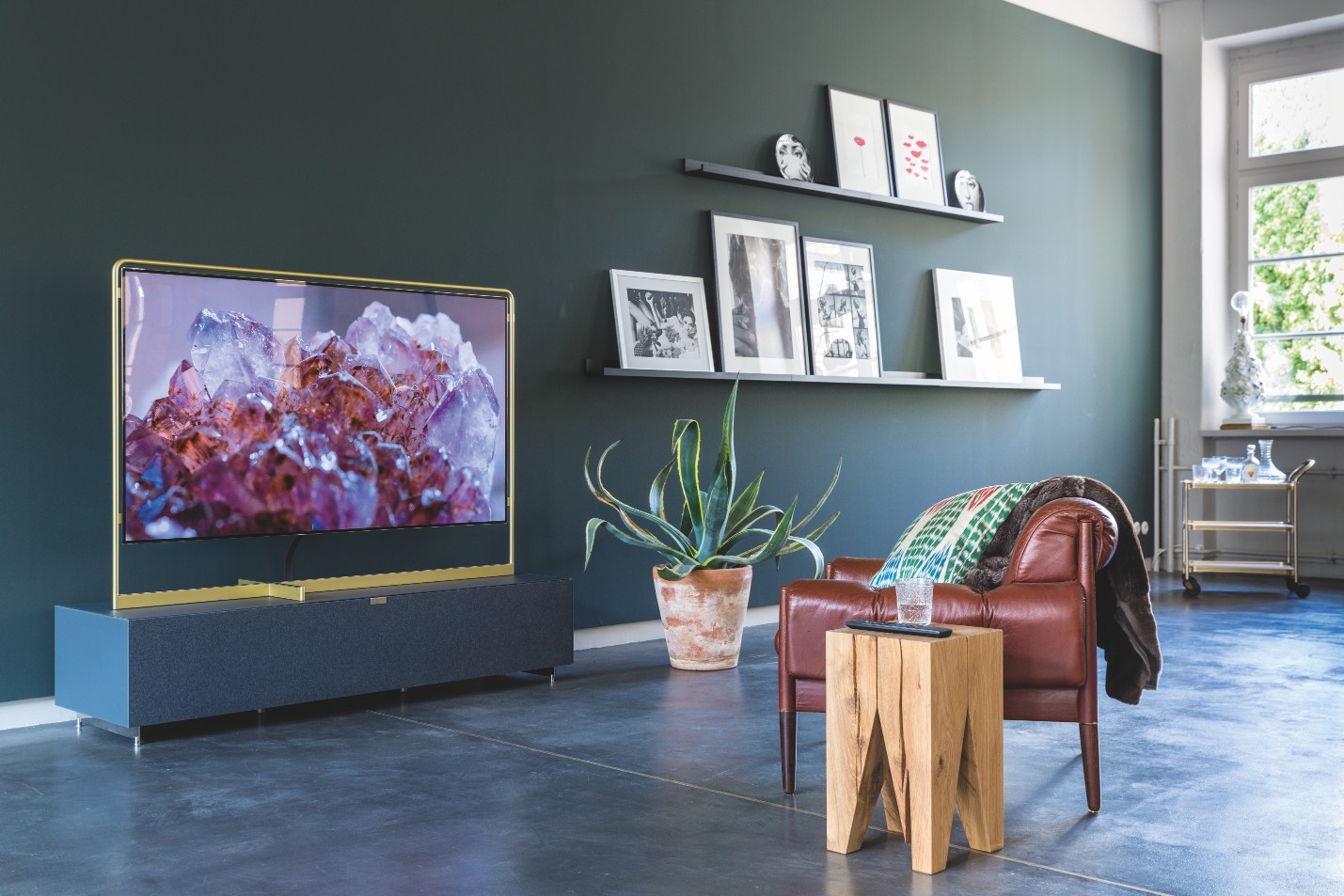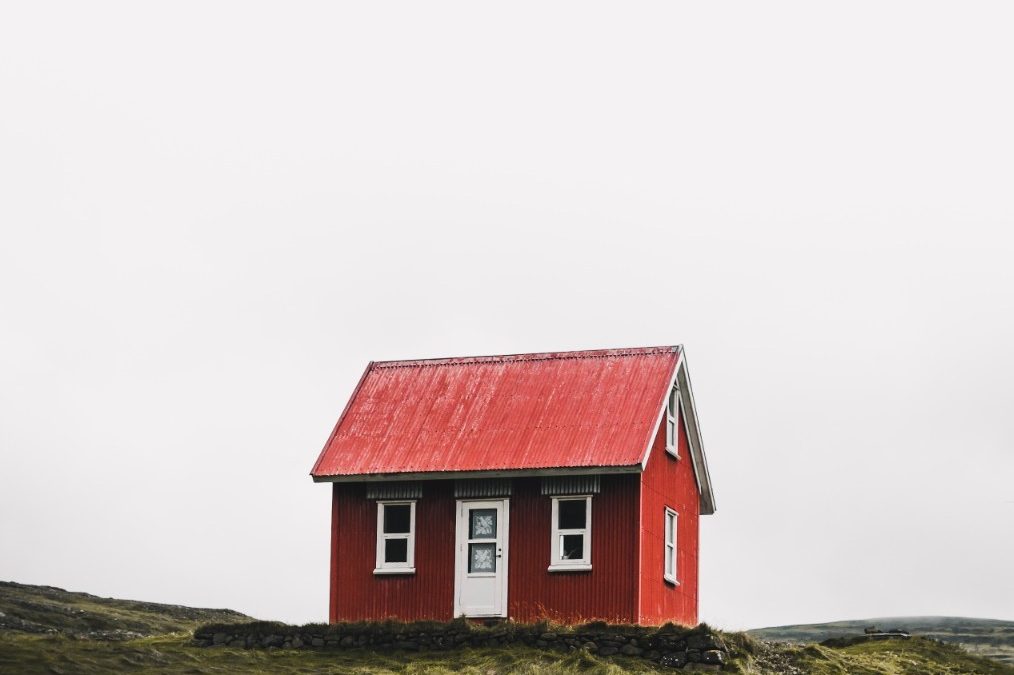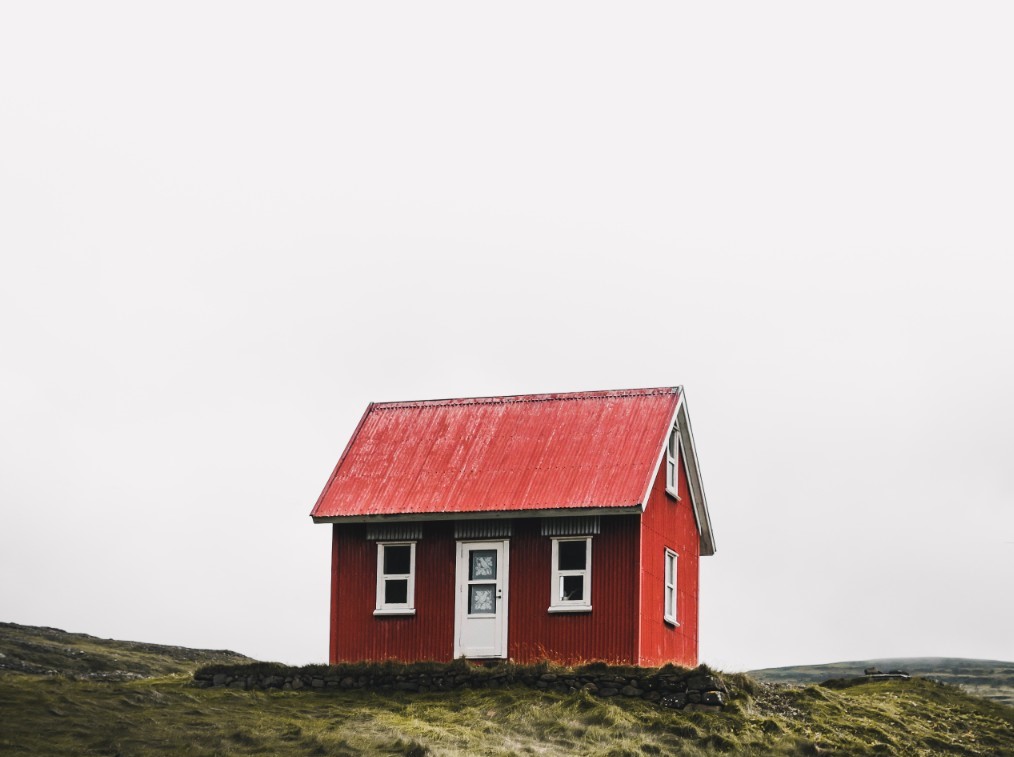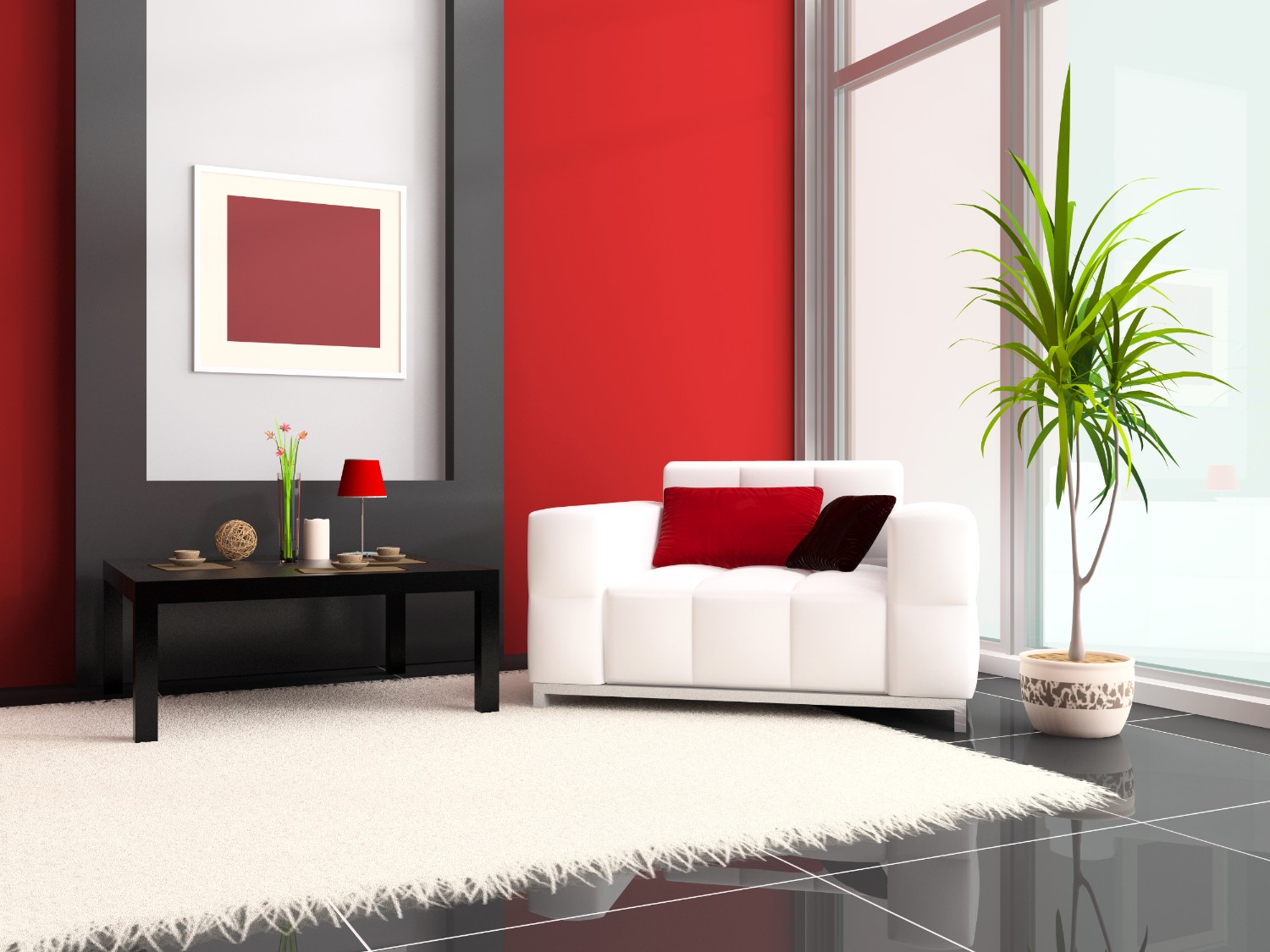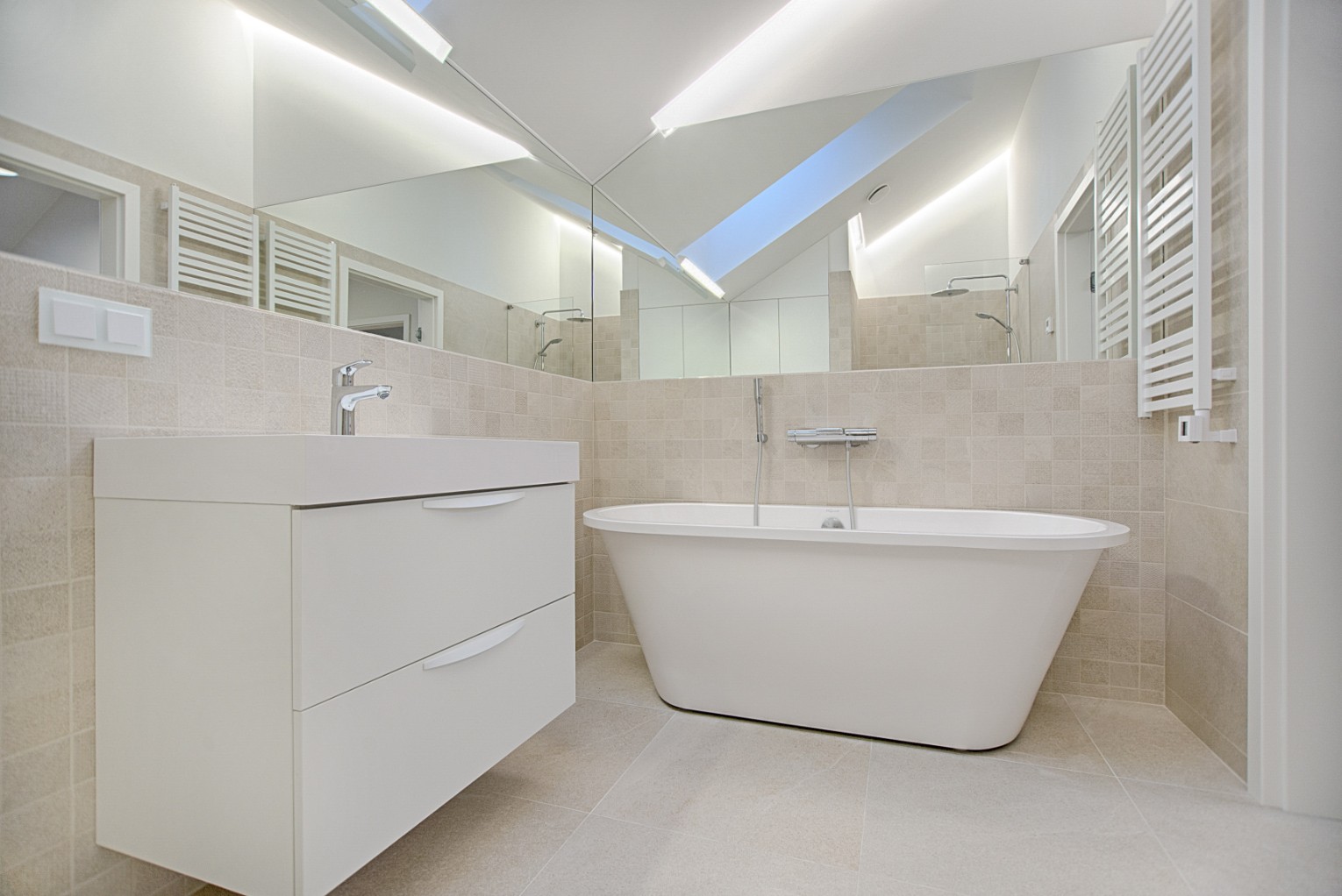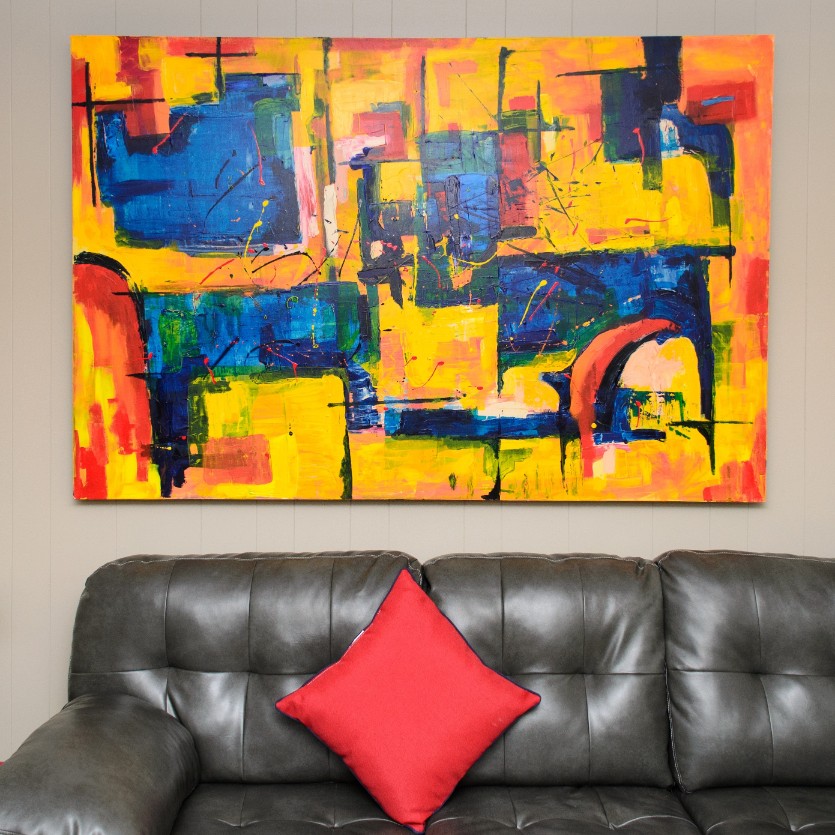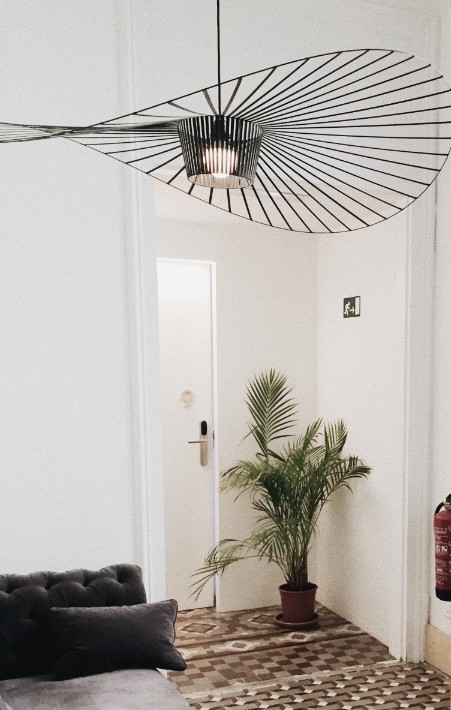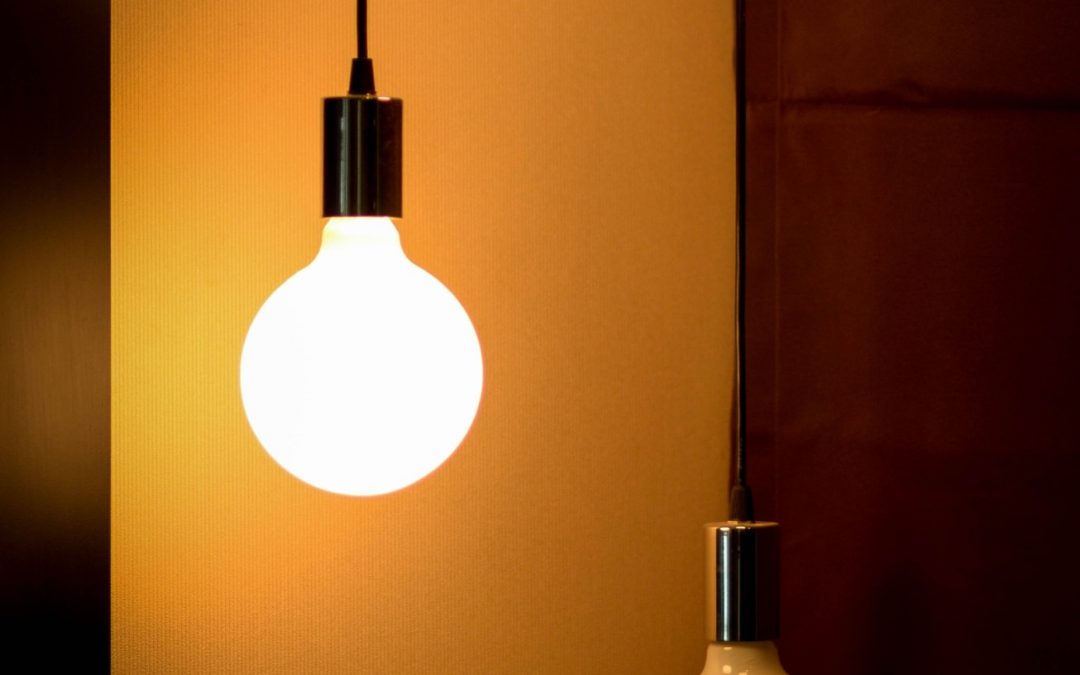
What Is The Correct Size for Front Door Lights?
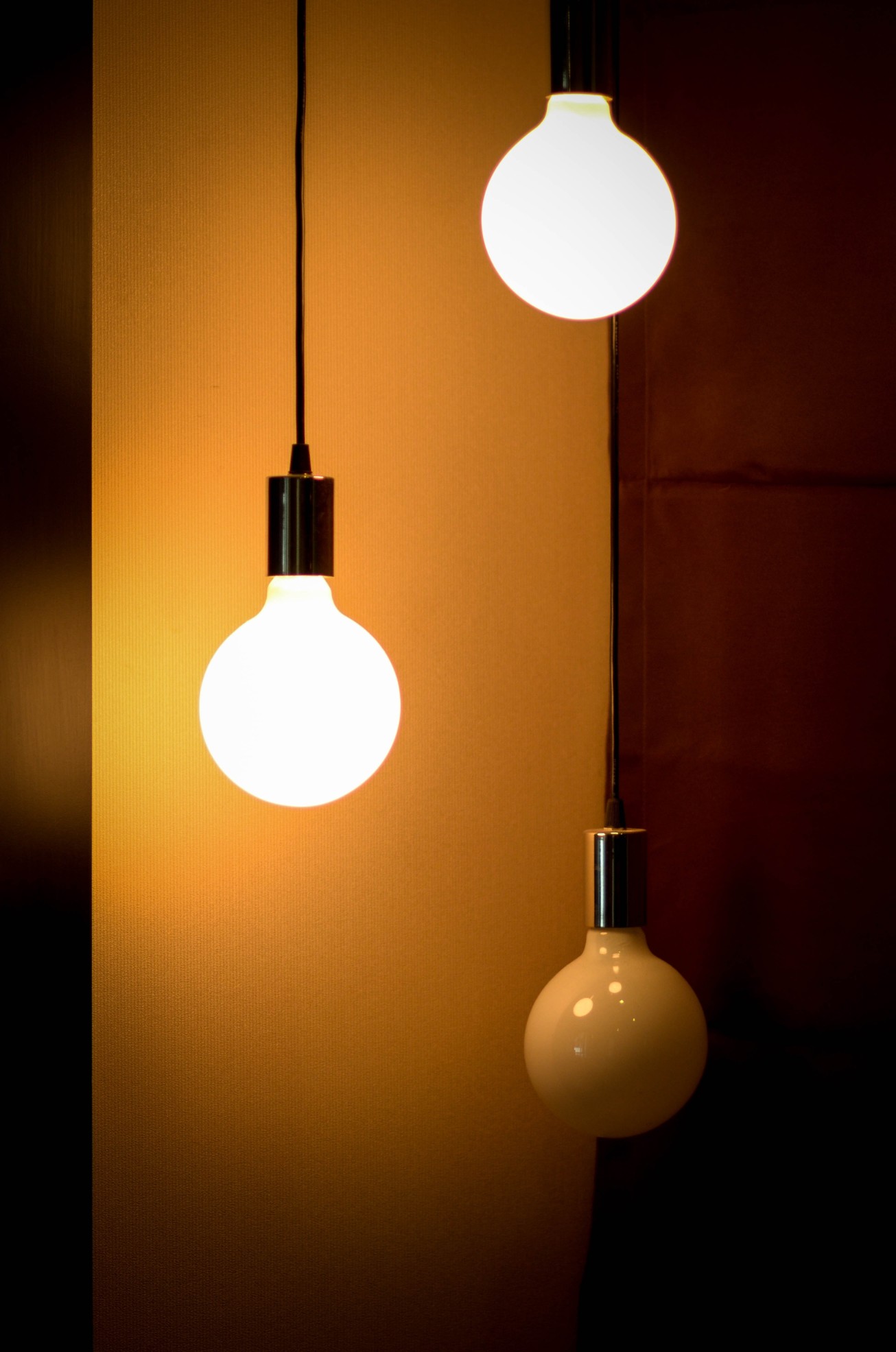
Building a new home? Just bought a new home? Preparing to sell your home?
If you have just answered “yes” to one of these questions, then this is for you?
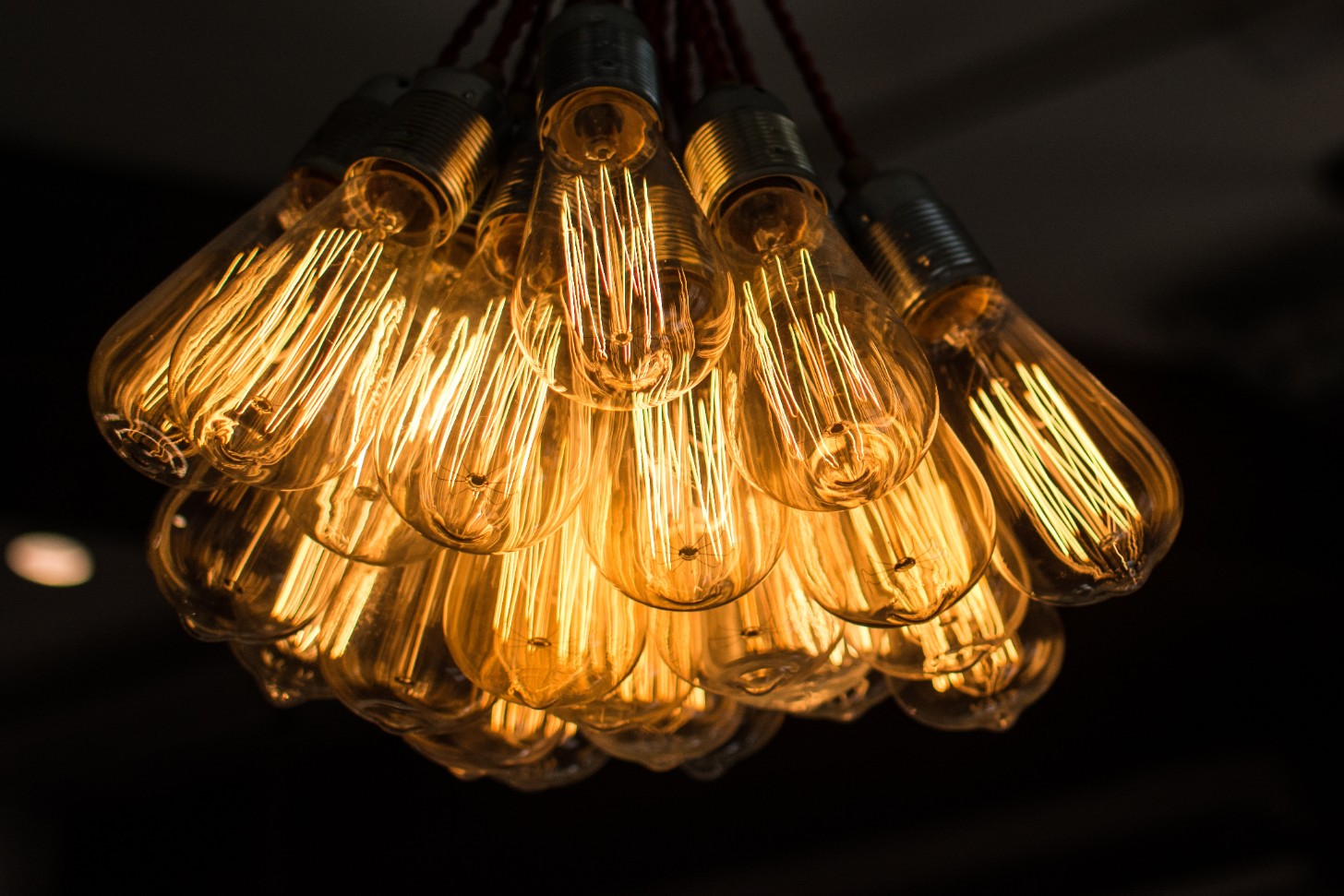
Photo by Tomas Williams on Unsplash
Front door lights are noticeable (especially at night when they are on) and present an attractive and inviting display to the front door and overall curb appeal.
When shopping for front door lights, we tend to choose items mainly for their visual appeal, style and finish. However, as important as this may be, and that which is often overlooked, is that the size of the fixture should be in proportion to the size and ambience of the front door.
A few pointers to keep in mind when buying lights for the front door:
- Fixtures may appear large in a showroom but may appear dwarfed when mounted next to the front door.
- Though visually appealing in the showroom, the style and finish may not be complementary to the door.
- Front door lights are there to add and not overwhelm the appeal.
-
What Is The Correct Size for Front Door Lights?
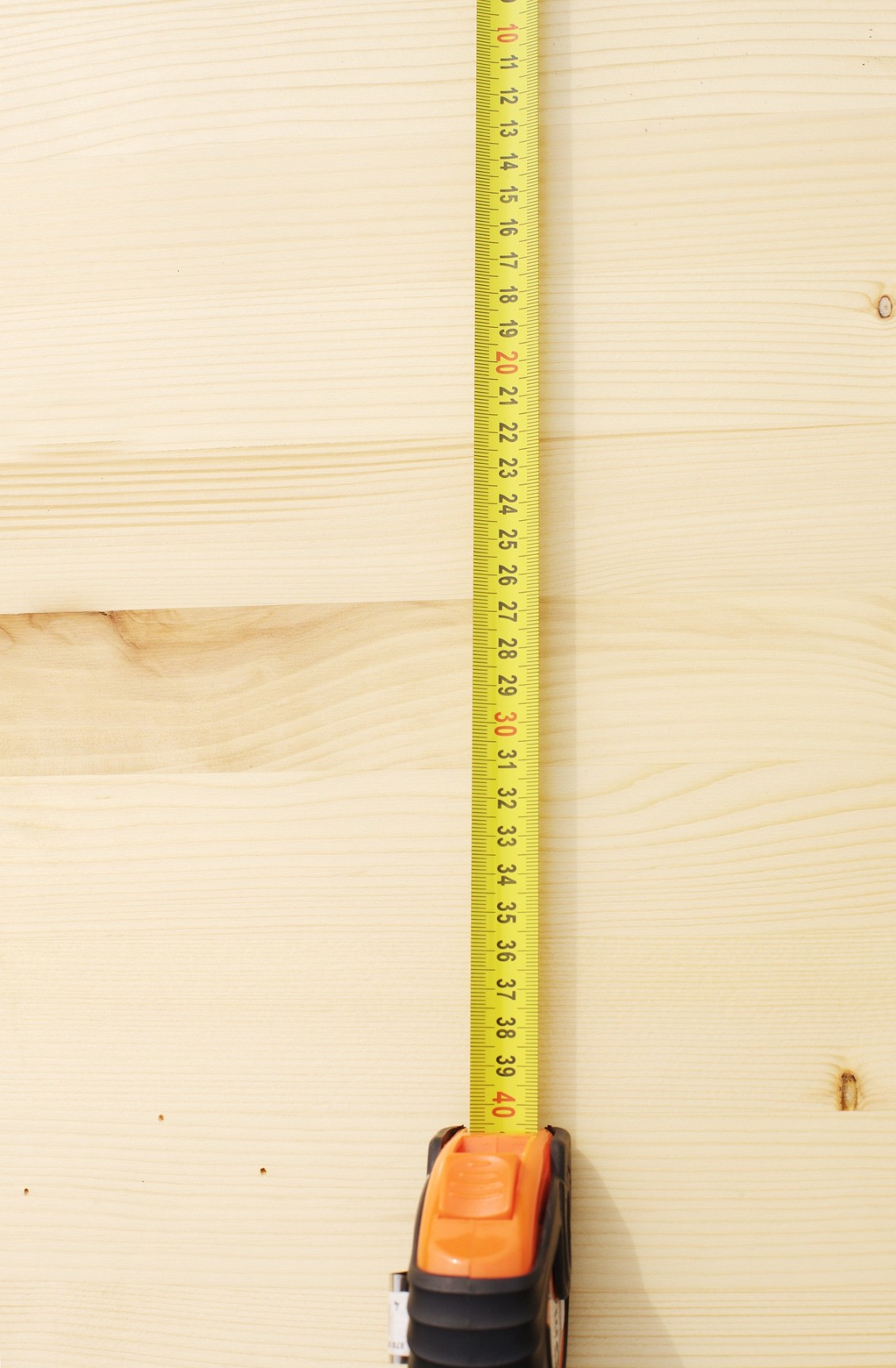
Image by andreas160578 on Pixabay
I. Before rushing out to go and buy front door light/s, measure the height of the door FIRST.
II. The size of the light should measure 1/4 to 1/3 the height of the door.
III. If you decide on two lights, i.e. one on either side of the door, their size should be 1/4 the
height of the door.
- You have found the perfect light, but the size is not quite right? It will be perfectly okay to purchase a size somewhat larger, but definitely not smaller. The reason being, that the further the distance away from the door the smaller the light visually becomes.
- Cut out from a piece of cardboard a piece representing the size of the light. Have someone hold it for you in the position where the light would be attached. Walk away from the front door, about 5 meters, or to the curb. From here you would be able to visualise how the size of the light would appear from a distance.
- Another method to visualise the light as it would appear from the curb is to fill a smallish bag with paper, and “mould” it into the size and shape of the light you are thinking of buying. You would be able to “mould” the shape into a ball, representing a round light, or rectangle or square.
For more information simply click on https://letsrevamp.com.au/blog where you can follow more on curb appeal and wise words from a Real Estate Agent.

